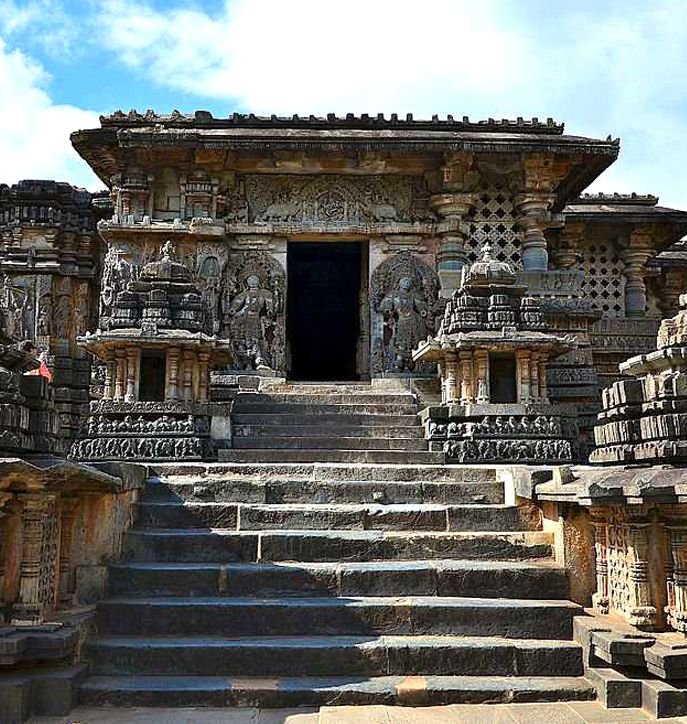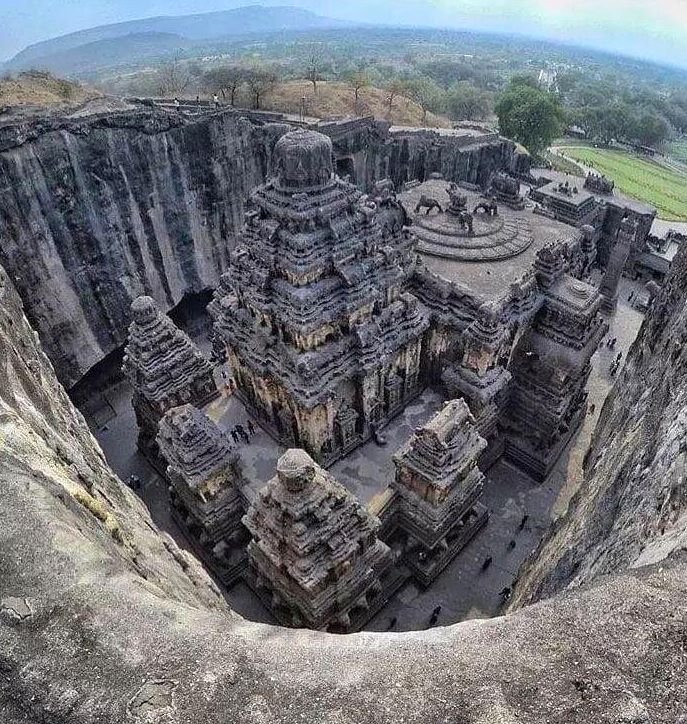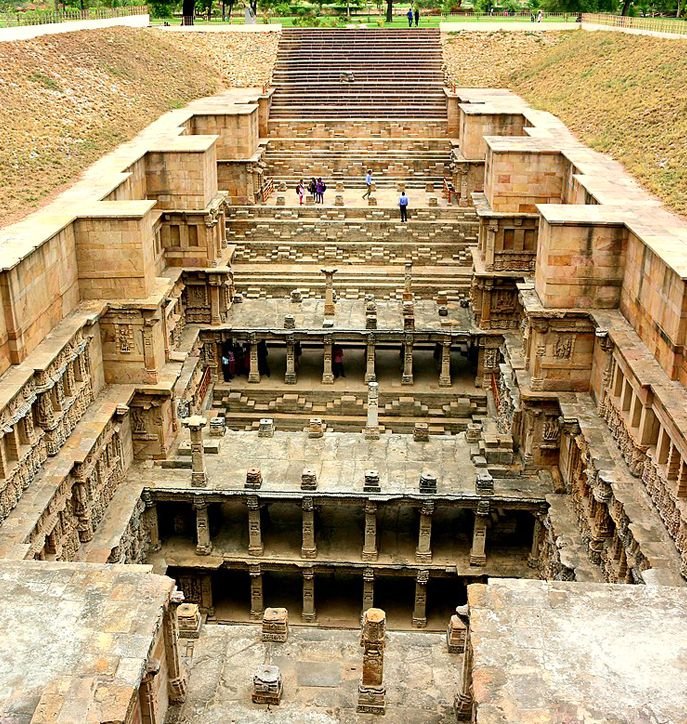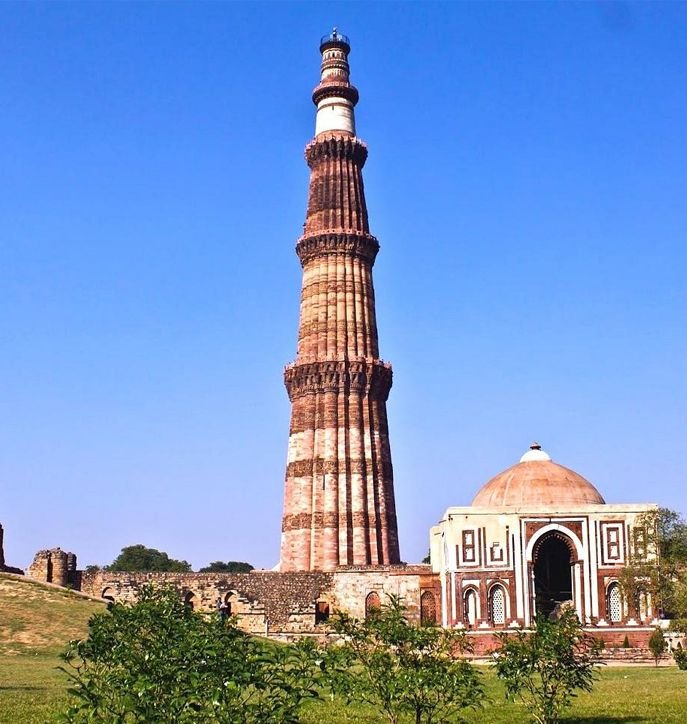Ancient Mystery
Know more about
Ancient Mystery
Napoleon Bonaparte once said that history is a collection of undisputed lies. Magisch is here to demonstrate that these sages were correct by providing indisputable proof of an alternative history that has been kept secret from the general public and from mainstream history. Just 150 years ago, the colonizers of India wrote the country’s history with an agenda that suited their needs or was consistent with their worldviews, ignoring any existential evidence to the contrary.
The true nature of history is to explore the past for a better present and future. It’s all the lessons – which serve as a crucial perspective in understanding any country. For the same, Magisch India Tours is here to help you explore some of the mind boggling untapped sites that speak of advanced ancient technology and the similarities of Bharat with the other ancient civilizations of the world.
Ancient Mystery
Hoysaleswara Temple, Karnataka:
You can see some convincing proof of prehistoric machining technology at the Hoysaleswara Temple in India. This cannot be accomplished physically with chisels and hammers. Archaeologists actually concur that these pillars were made in a lathe, but they have no good explanation for how these enormous pillars were made 900 years ago. Even though we can now use a lathe to produce these fascinating grooves and patterns, it would still be very challenging to machine a stone pillar that is 12 feet tall. So how were these pillars made in antiquity with such astounding precision? Did ancient builders use machines and advanced tools, just like what we use today? Come, immerse in the depth of Karnataka and explore this veiled part of our history.




Ancient Mystery
Kailasa Temple, Ellora:
This temple was carved out of an entire mountain rather than being built up with stone blocks. This is the only instance in which a mountain’s summit was cut out to make way for a building. Because so much rock was removed for this temple, historians and archaeologists are perplexed. Archaeologists have confirmed that more than 400,000 tonnes of rock had to be shoveled out, a task that would have required centuries of labor from humans. Historians believe it was constructed in less than 18 years despite the fact that they have no records of such an enormous task. So how did it come to be? Let’s unravel this mystery together and dive into the Kailasa temple – the oldest and the biggest temple carved with engineering perfection!


Ancient Mystery
Rani ki Vav, Gujrat:
Attributed to the wife of the Chaulukya king Bhima I, Udayamati, this monument was built in the eleventh century in the town of Patan. In the carvings of this temple, one can clearly see a person holding a cylindrical device to a pregnant woman’s belly to hear the heartbeat of the unborn child – much similar to today’s ultrasound technology. The catch here is that this structure was built over a thousand years ago. This proves the existence of the Pinard horn centuries before it was actually invented 125 years ago, but how?
Were ancient Indian devices truly equally, if not more, advanced as compared to today’s? History here does teach us how to simply use the principles of physics. Come, let’s find out more…




Ancient Mystery
Ancient Iron Pillar at New Delhi:
Well, this is an interesting monument that meticulously displays the acumen of our ancestors. As per archaeologists, it’s more than 1600 years old. The most baffling part about this monument, though, is that it is an iron pillar which does not rust. Normally, it should, but because it is a complex alloy of metals, it prevents rusting by producing water vapor, which builds up over many centuries, strengthening the protective coating and preventing rusting on the pillar. That’s such a dazzling demonstration of intelligence! The Sanskrit inscription on the pillar suggests something even more remarkable. Let’s delve into it!


Liza Nixon
Lorem ipsum dolor sit amet, consectetuer adipiscing elit. Aenean commodo ligula eget dolor. Aenean massa. Cum sociis natoque penatibus et magnis dis parturient montes.
Ramon Tran
Lorem ipsum dolor sit amet, consectetuer adipiscing elit. Aenean commodo ligula eget dolor. Aenean massa. Cum sociis natoque penatibus et magnis dis parturient montes.
Avery Wallace
Lorem ipsum dolor sit amet, consectetuer adipiscing elit. Aenean commodo ligula eget dolor. Aenean massa. Cum sociis natoque penatibus et magnis dis parturient montes.

